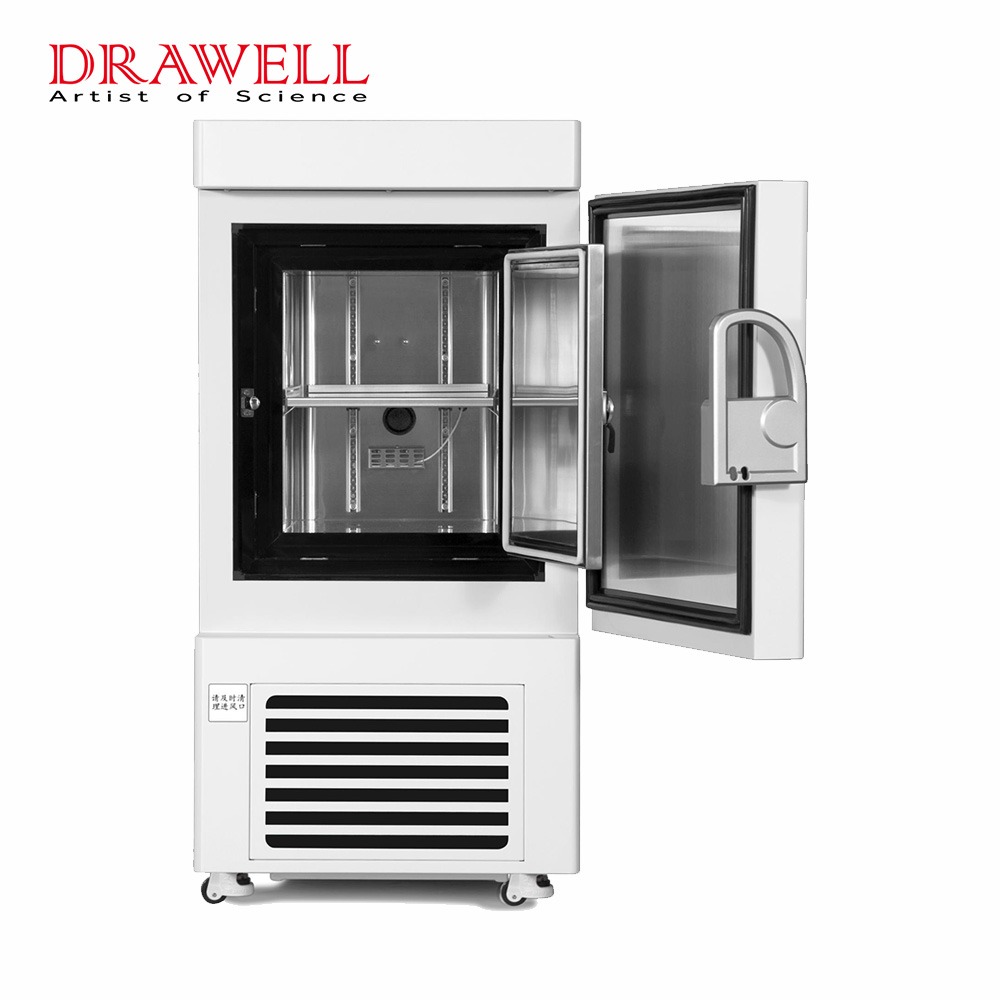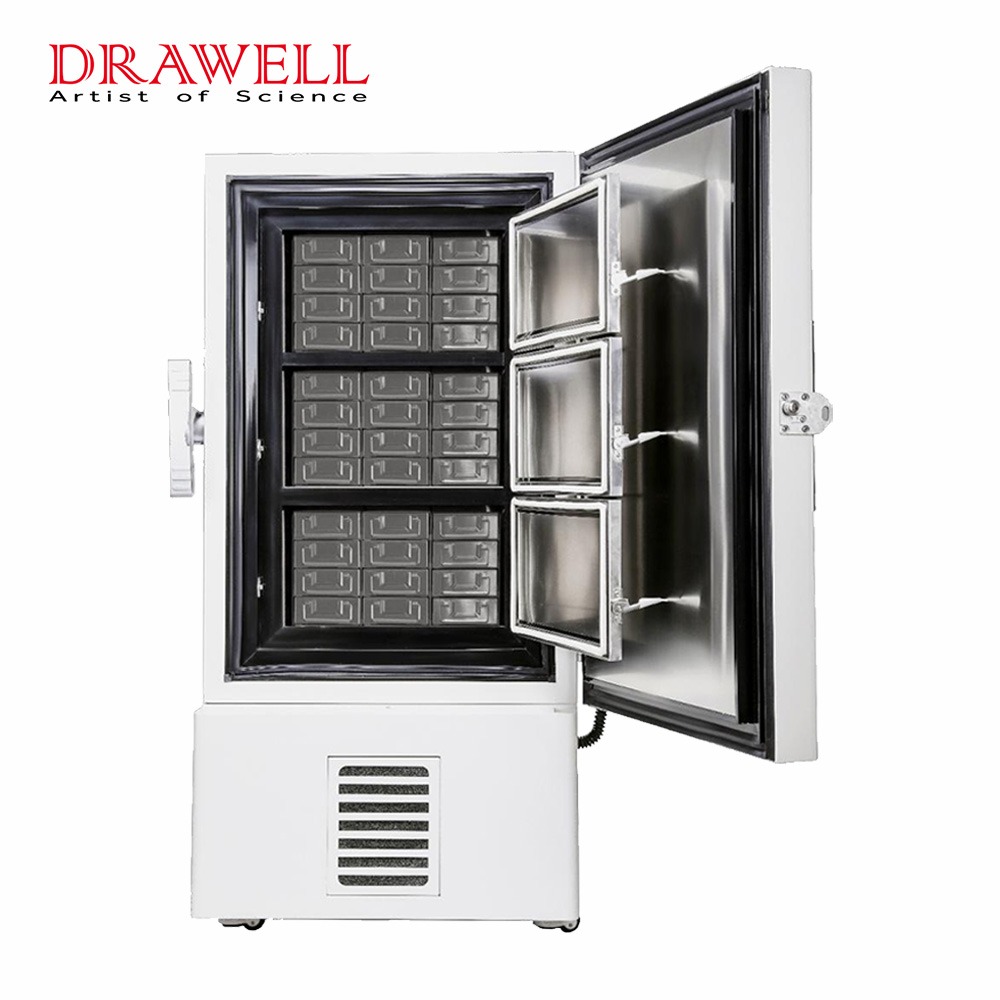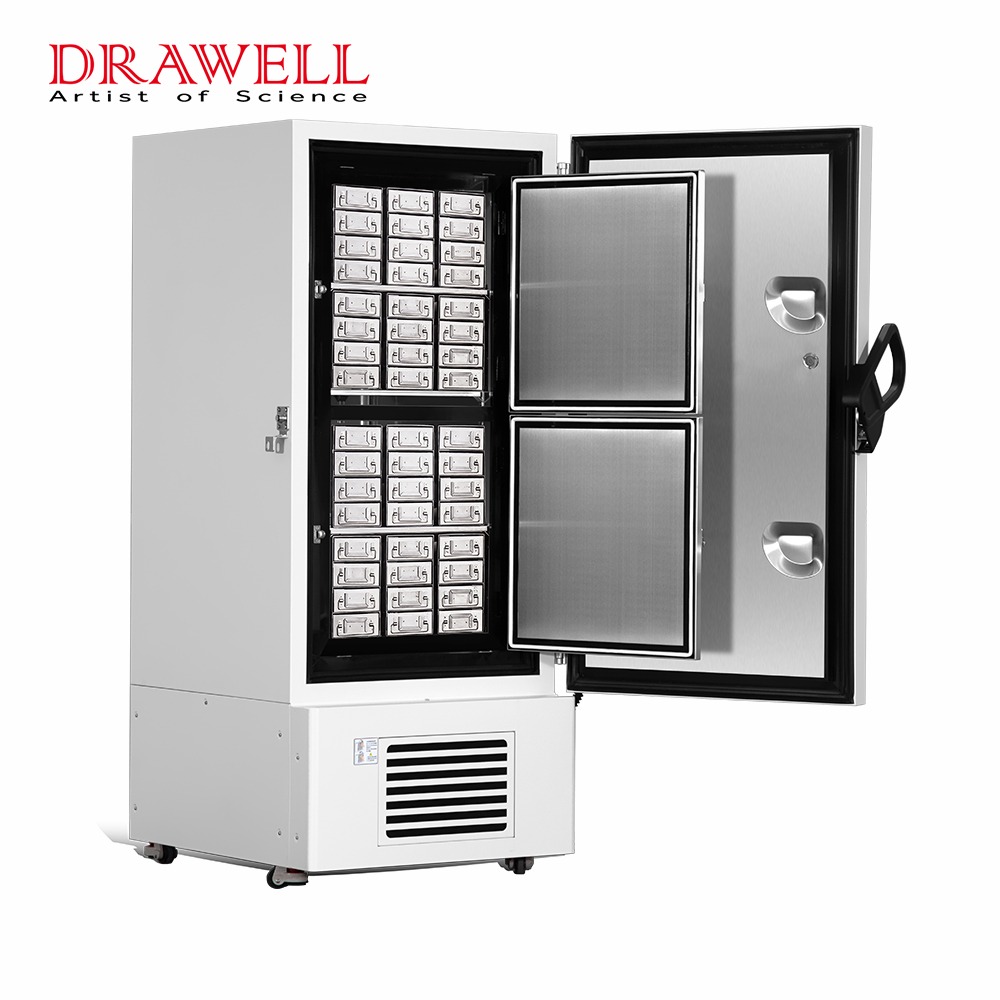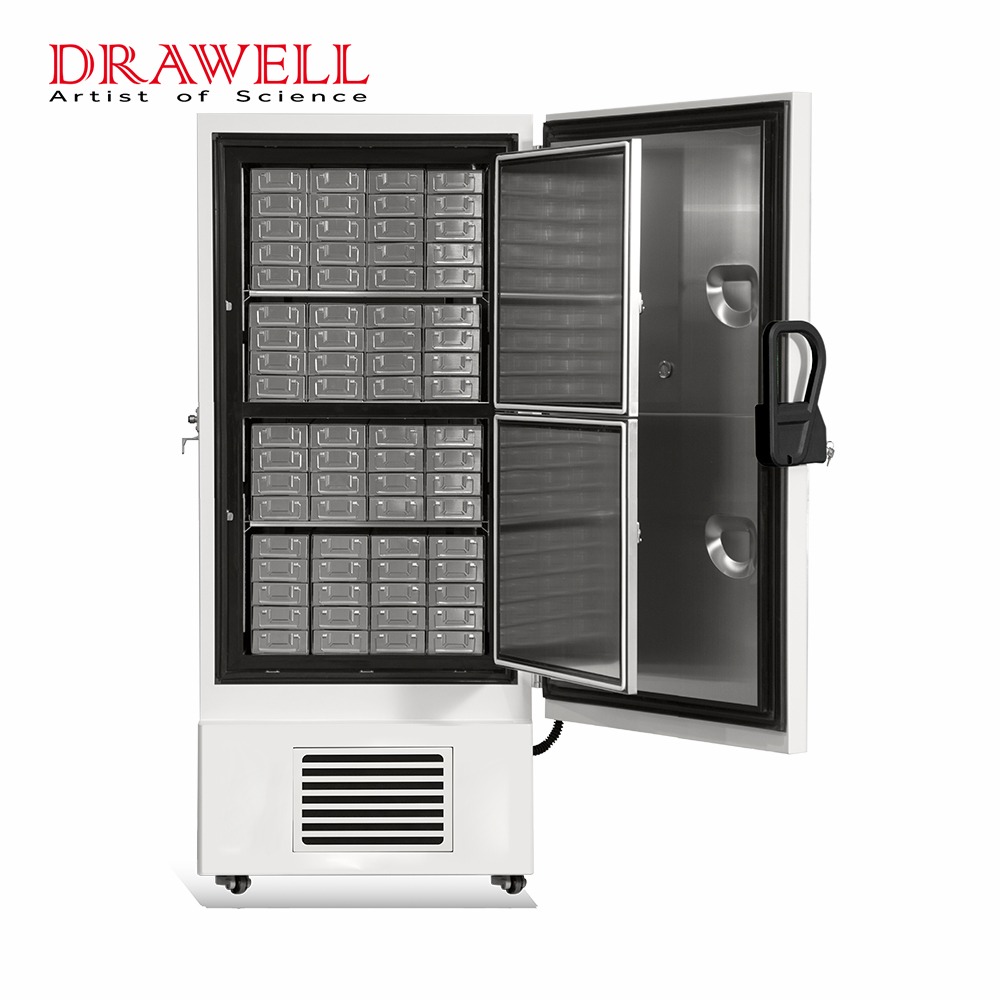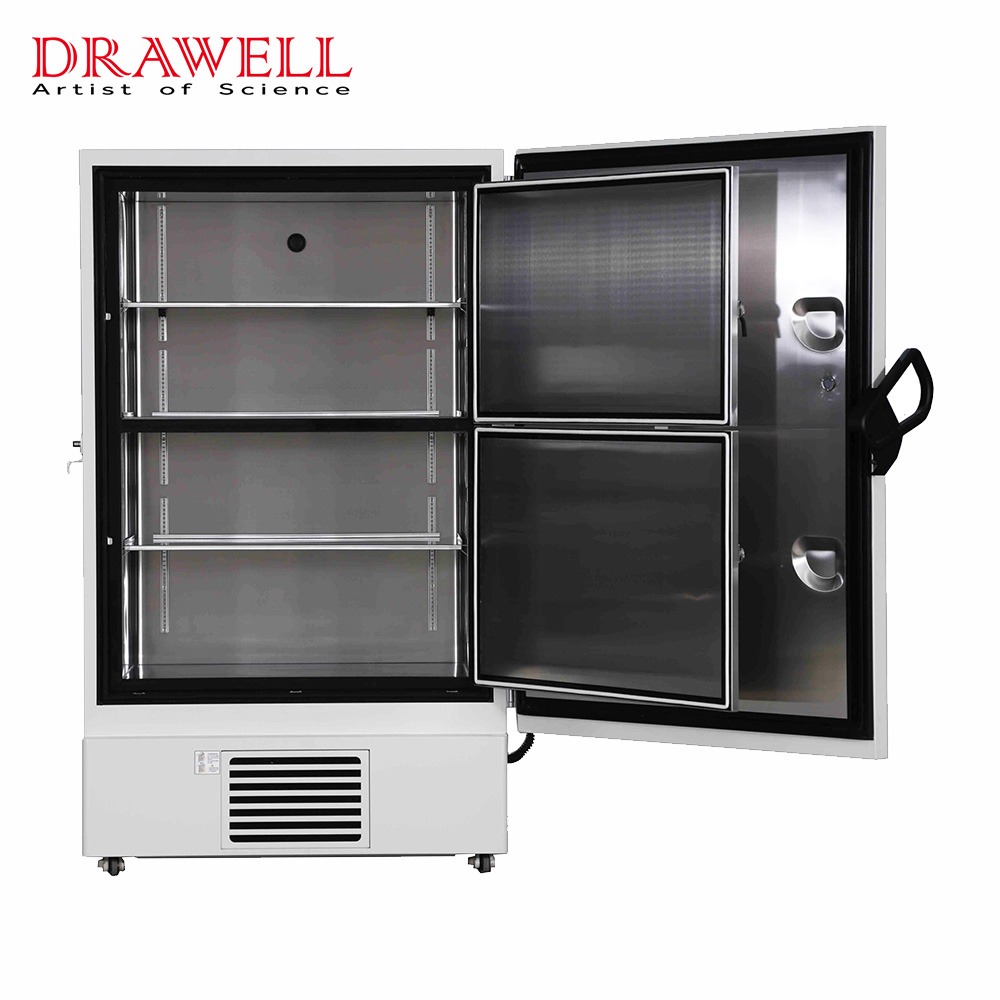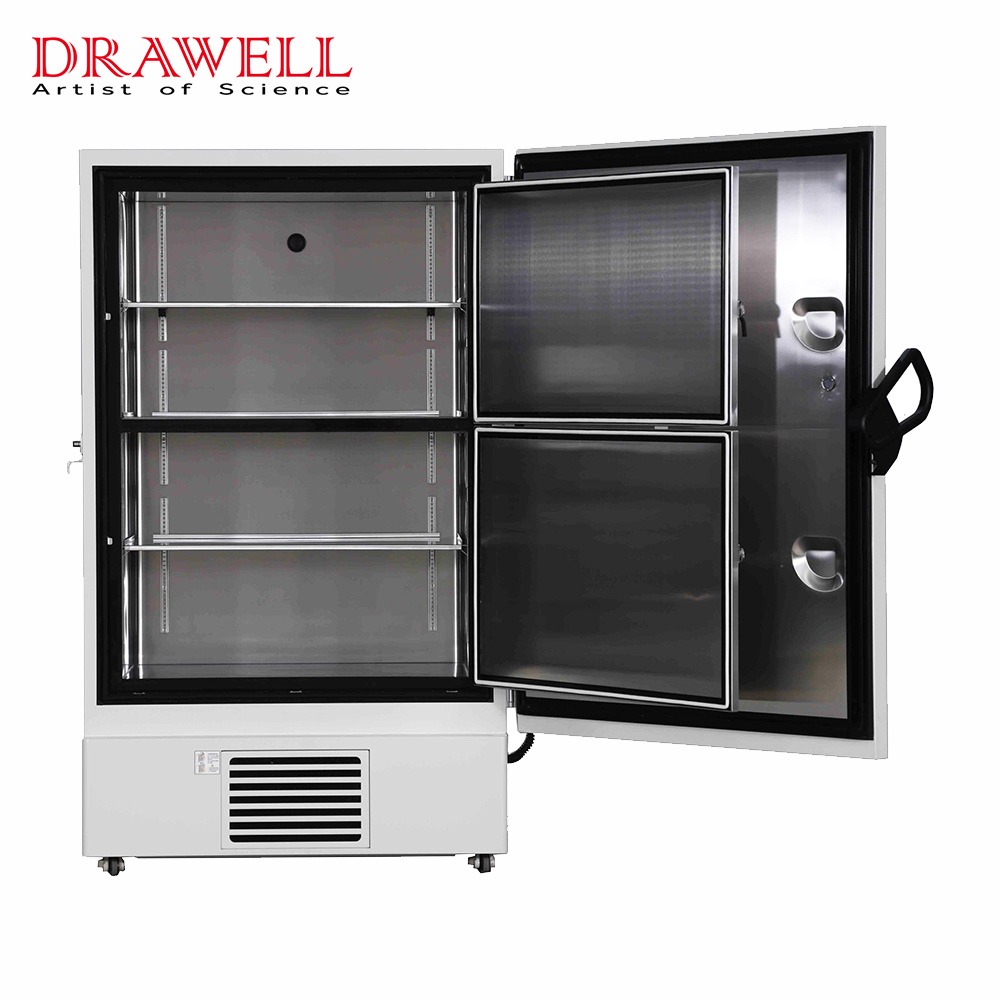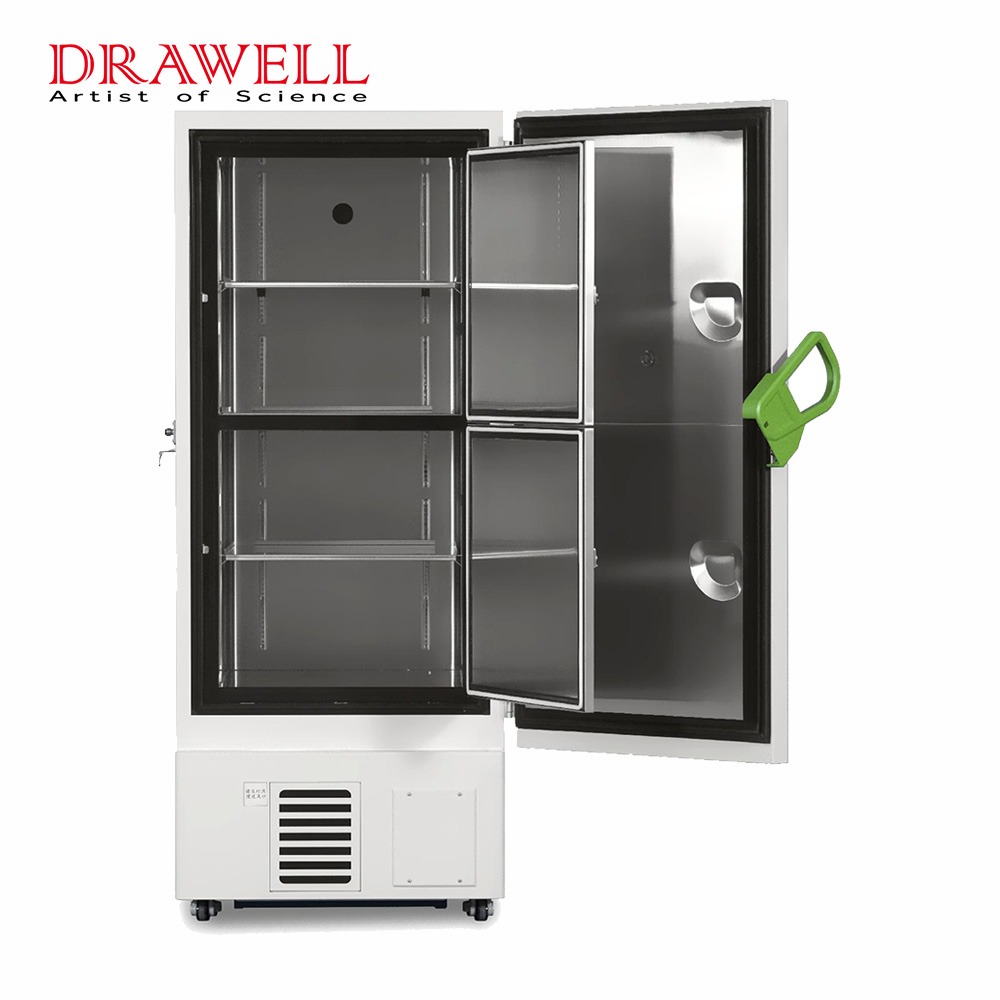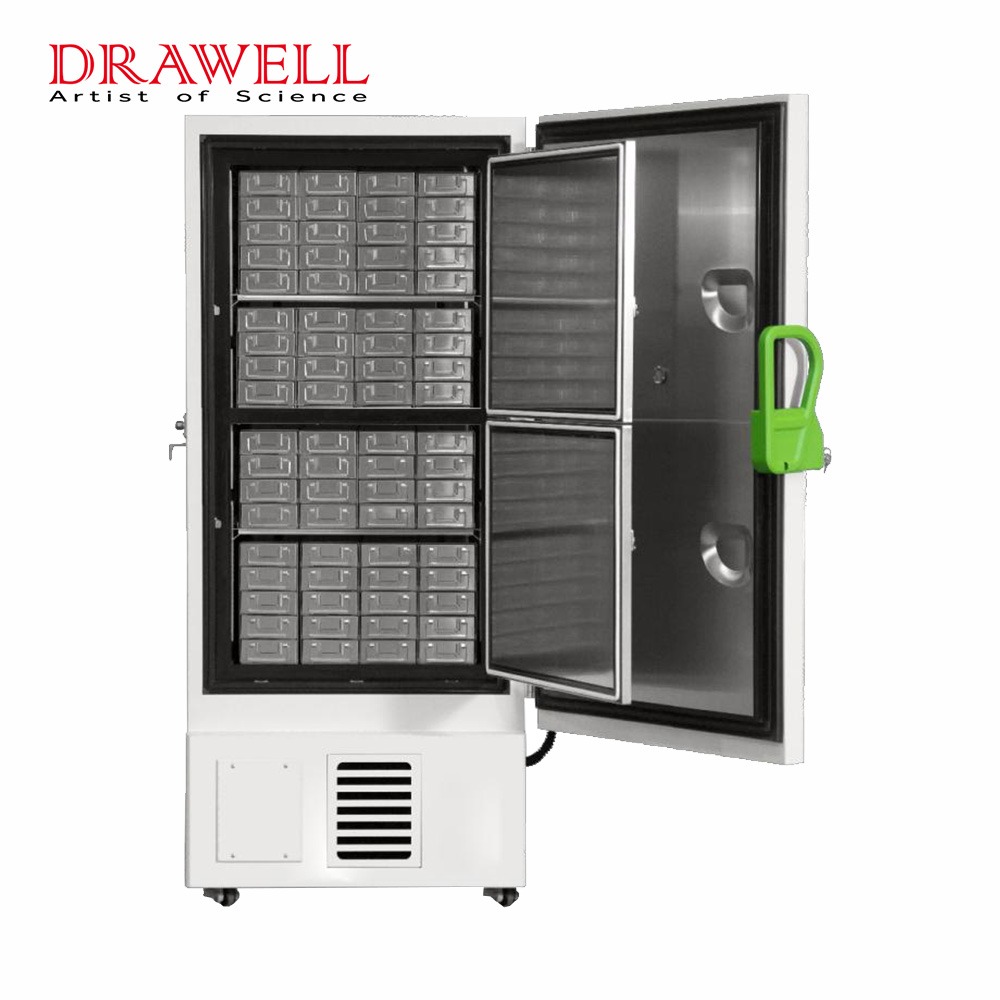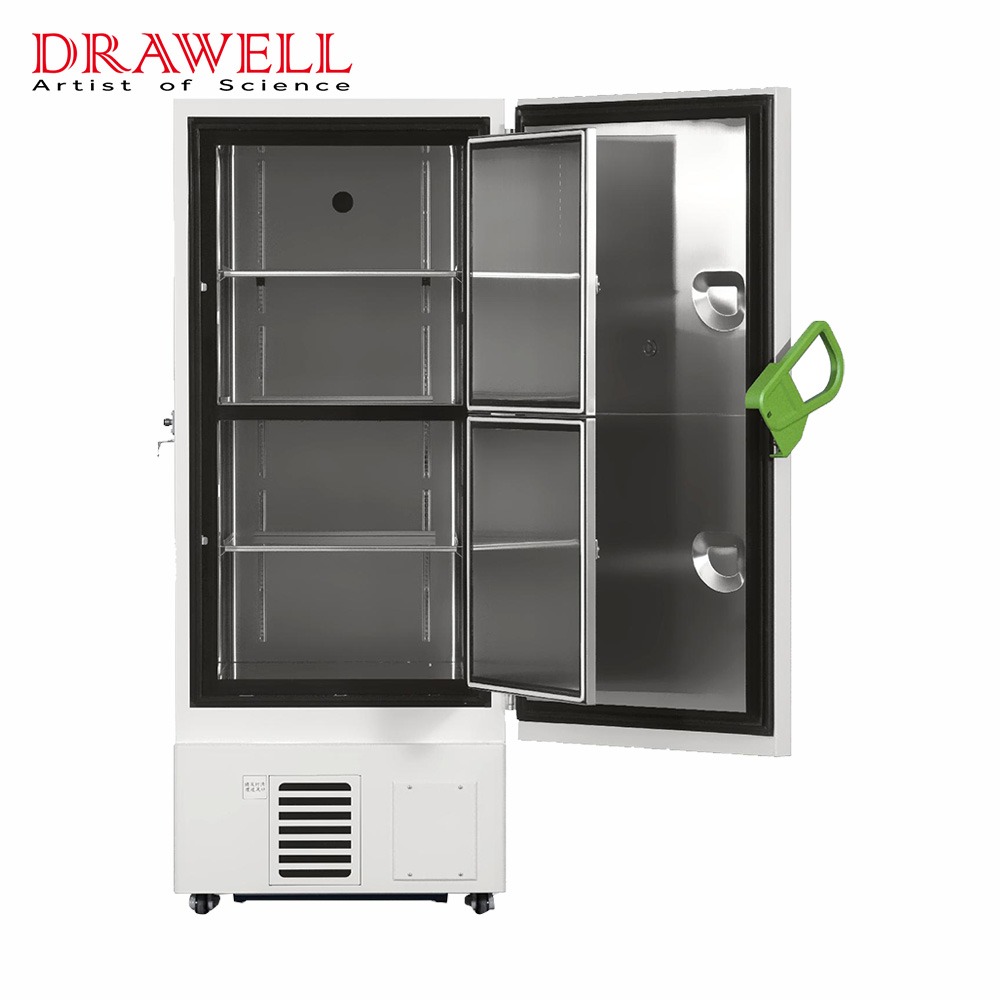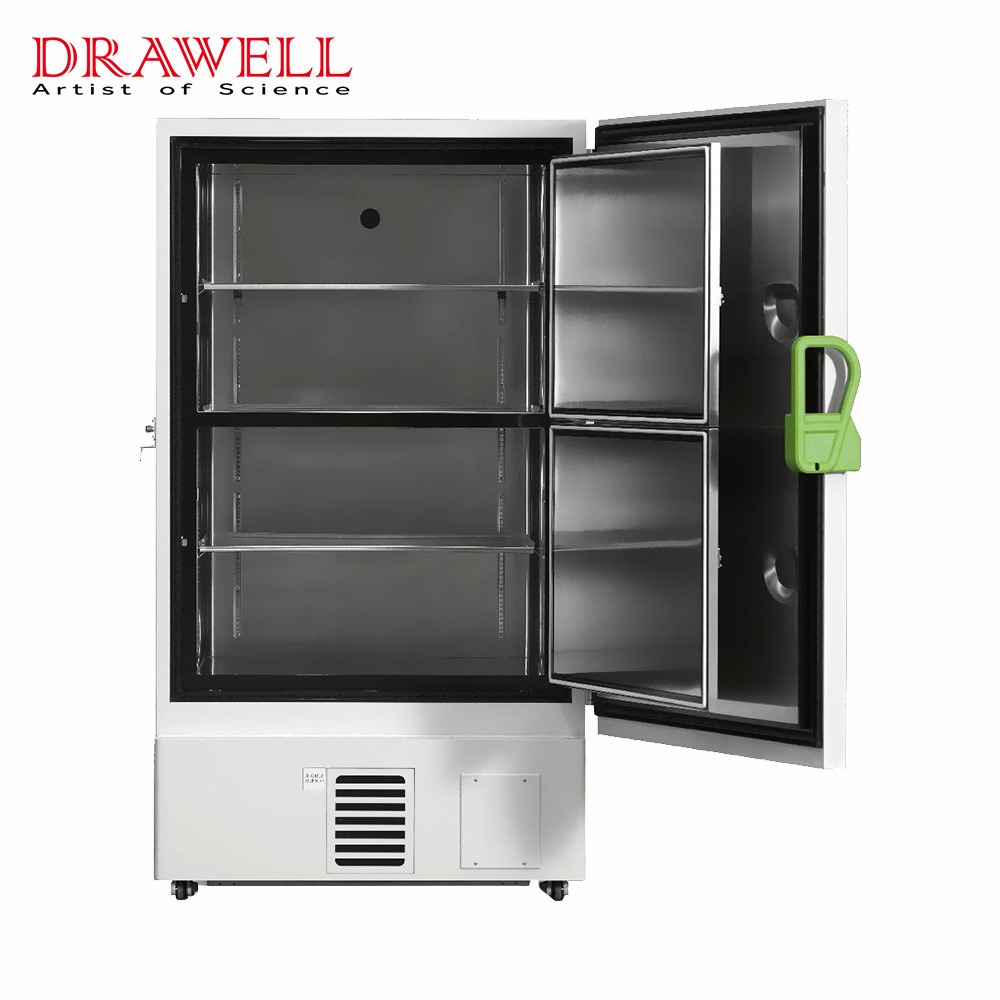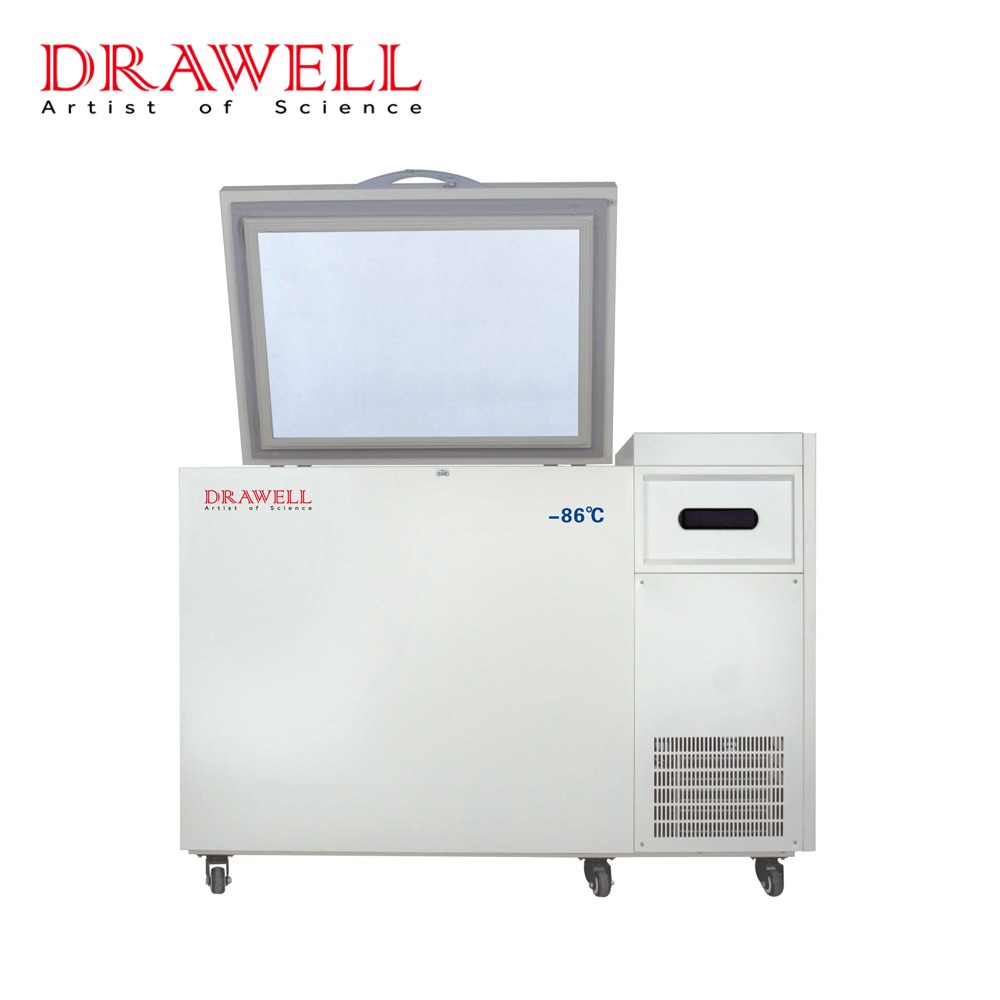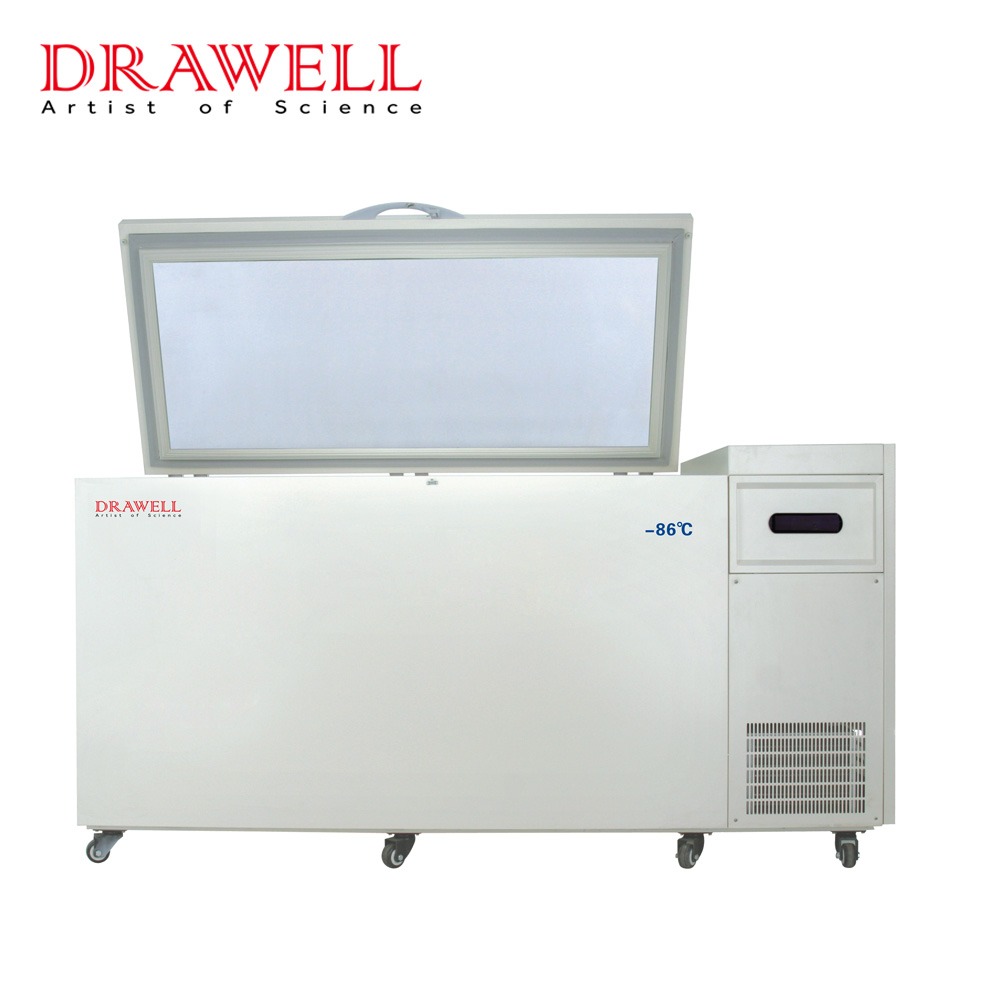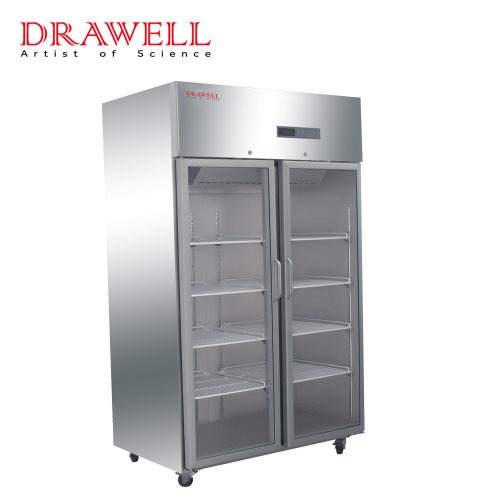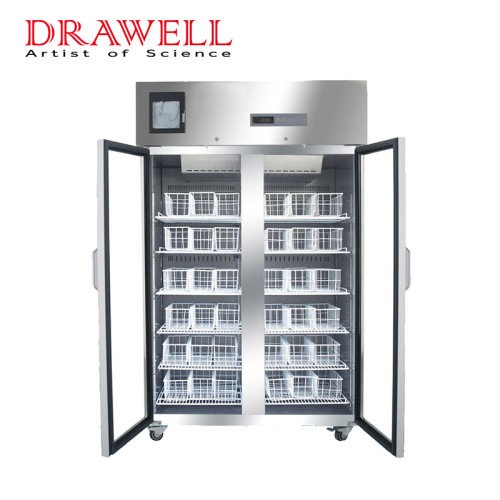-86℃ Ultra-low Temperature Freezer
The -86℃ refrigerator is designed for ultra-low temperature storage, ideal for preserving biological samples, vaccines, and other critical materials. It provides consistent and reliable cooling at temperatures as low as -86℃, ensuring the safe long-term preservation of sensitive substances. With features such as advanced insulation, precise temperature control, and alarm systems for fluctuations, this refrigerator is perfect for laboratories, biobanks, and research facilities requiring stringent cold storage solutions.
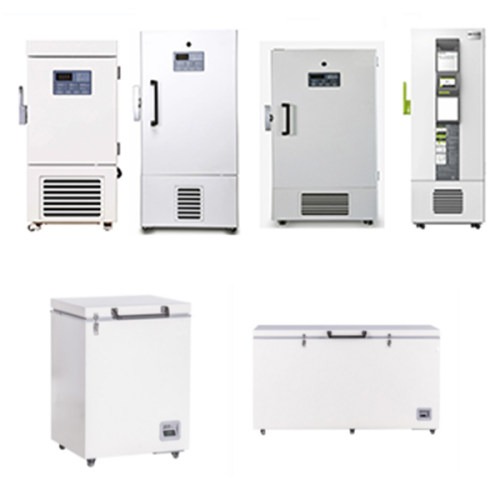
Features of -86℃ Ultra-low Temperature Freezer
- Wide available voltage range: 198V~242V.
- Wide temperature range: 10°C~32°C ambient temperature can reach -86°C.
- Accurate Temperature control technology to make the temperature maintain -60°C – -86°C.
- USB port to read temperature (except horizontal type) and alarm conditions in recent 1 month.
- Digital display with big screen, easy to check.
- Mobile and fixable wheel for moving.
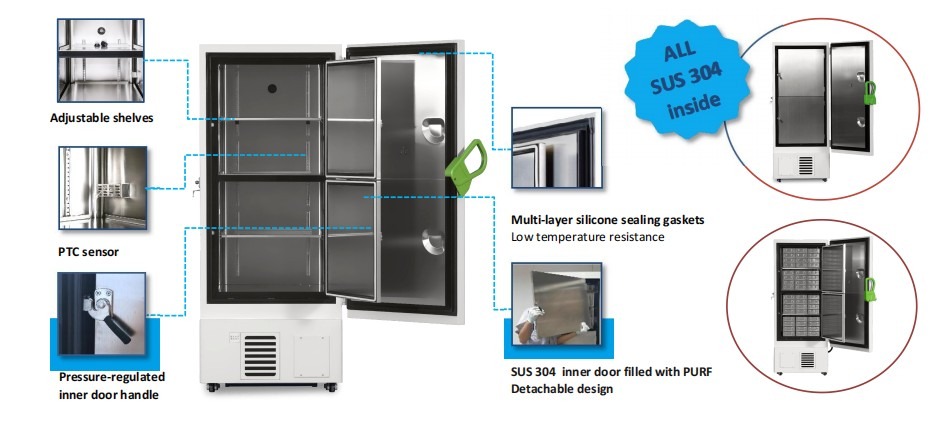
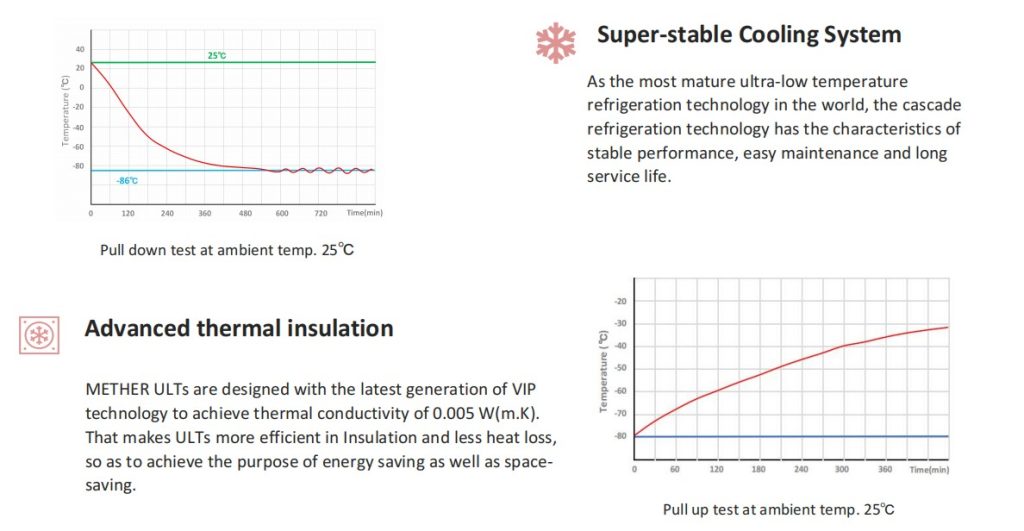
Security Guarantee
- Temperature high/low alarm, sensor malfunction alarm.
- Audible and visible alarm.
- Keyboard lockable, password protection to prevent change running parameter randomly.
- Display running parameters with real-time monitoring to guarantee the stability of the freezer.
Application of -86℃ Ultra-low Temperature Freezer
-86°C medical low-temperature freezer can be used in scientific research, low-temperature experiments of special materials, freezing red blood cells, white blood cells, skin, bones, bacteria, semen, DNA/RNA, cells, vaccines, strains, biological products, ocean fisheries, electronic devices, low-temperature experiments of special materials, etc. It is suitable for blood stations, hospitals, health and epidemic prevention systems, scientific research institutes, electronics industry, chemical industry, biological engineering, university laboratories, ocean fishing companies, etc.

Specifications of -86℃ Ultra-Low Temperature Freezer
(1) Vertical Refrigerator

(2) Horizontal Refrigerator

Classification of -86℃ Ultra-Low Temperature Freezer
-86 Vertical Refrigerator (Automated cascade cooling system):
-86 Vertical (Cascade system)
-86 Horizontal Refrigerator
“Survival Rules” of -86℃ Ultra-low Temperature Freezer
Sample Classification Storage Strategy
- Top layer: Frequently used cell lines and strains (marked with colored cryopreservation racks with “high-risk/common” labels).
- Middle layer: DNA/RNA samples for long-term archiving (avoid mixing with virus samples to prevent cross contamination).
- Bottom layer: spare dry ice boxes (pre-set according to volume of 1kg/50L to deal with power outages).
- Prohibited behavior: storing non-sealed liquids (risk of freezing and exploding bottles) or flammable chemicals (refrigerants are flammable when exposed to ethanol)!
Hard requirements for temperature monitoring
- Dual system recording: built-in sensor + independent wireless temperature recorder (data storage ≥5 years, in compliance with FDA 21 CFR Part 11).
- Calibration frequency: calibrate the reference thermometer with liquid nitrogen every quarter (error >±2℃ requires shutdown for maintenance).
Door opening limit management
- Single door opening ≤15 seconds, annual cumulative over-temperature time <30 minutes (ISO 20387 biobank standard).
- Use the “sandwich method” when accessing: quickly take out the target cryo box → close the cabinet door → organize the samples → reopen the door and put them back.
-86℃: The “Absolute for Bidden Zone” of Life Science
- Principles of cryobiology:
-86℃: Completely terminate biological metabolism (cell enzyme activity returns to zero), while avoiding the physical damage of ice crystals stored at -196℃ liquid nitrogen.
- Key applications:
Viral strains (such as the original strain of SARS-CoV-2, which needs to be kept active at -86℃). Stem cell bank (long-term maintenance of pluripotency, resuscitation survival rate > 90%).
- International standards:
ISBER: requires fluctuations within the range of -80℃±10℃, but recommends ±5℃ control.
CDC BMBL: Double-locked -86℃ freezers must be used for the storage of high-risk pathogens.

